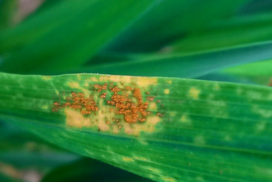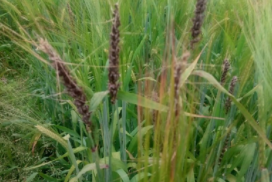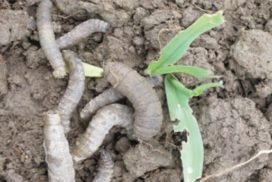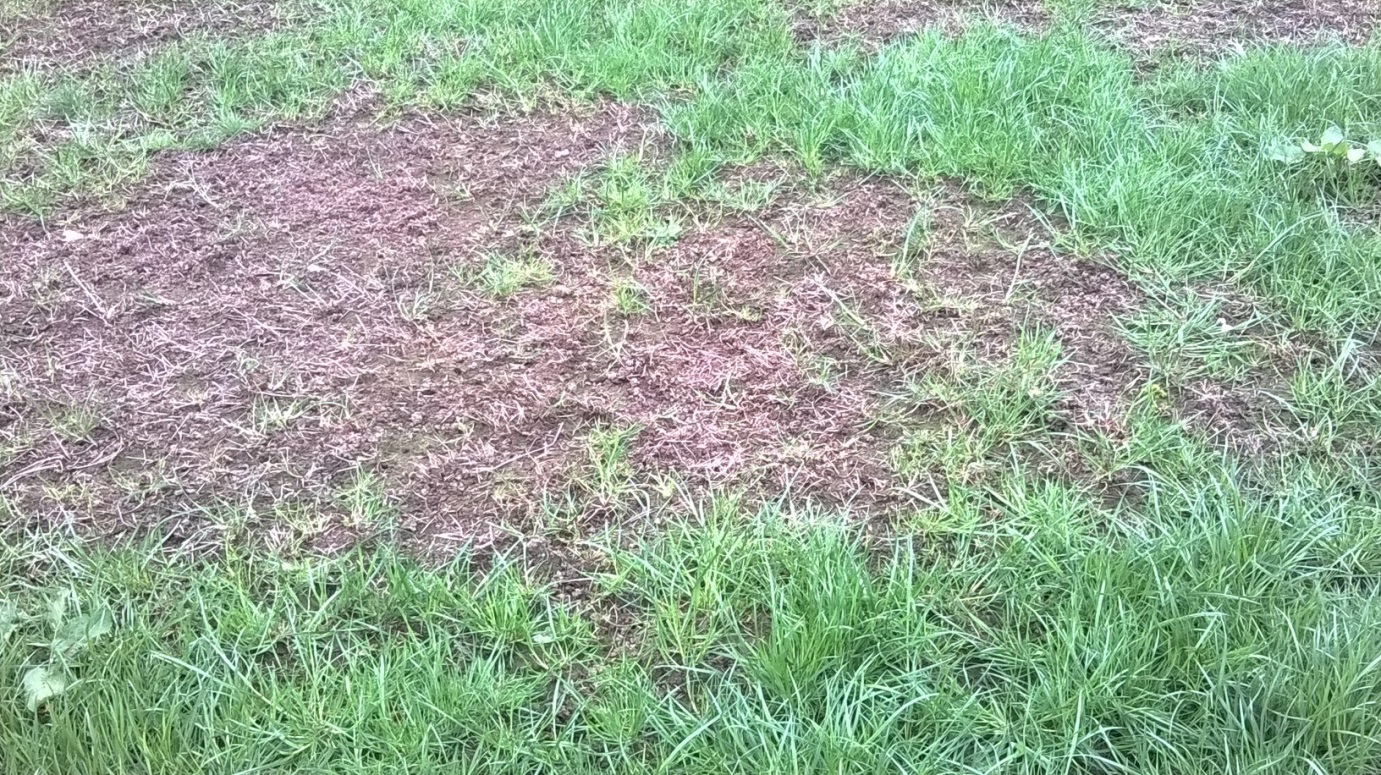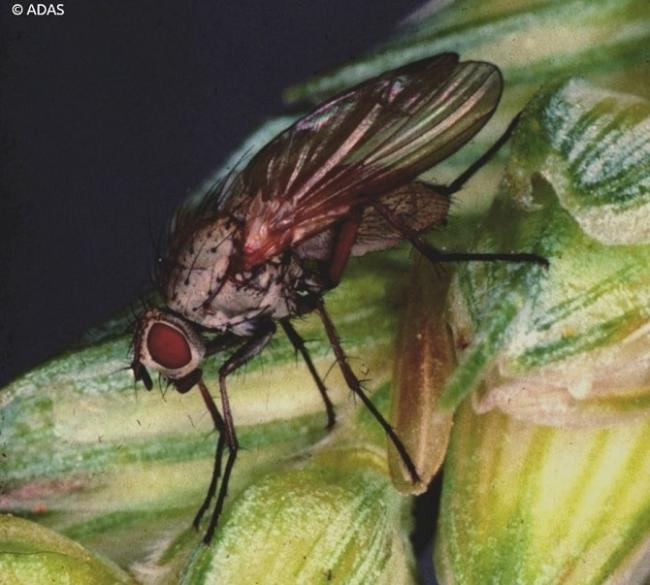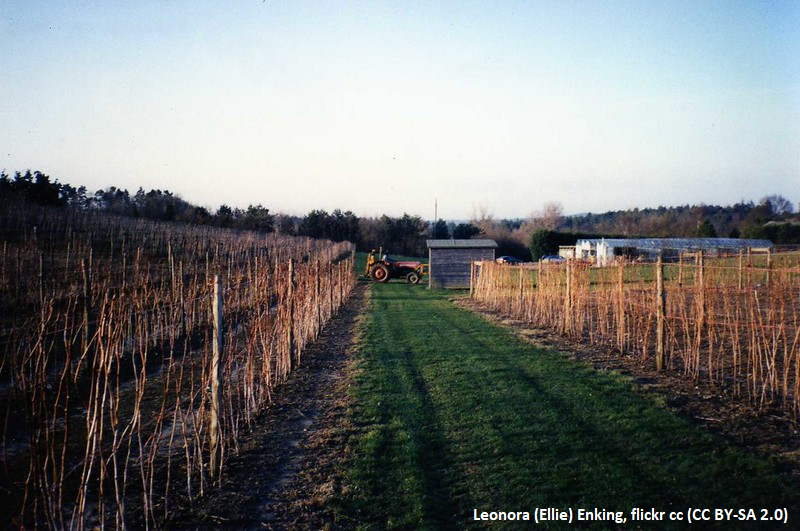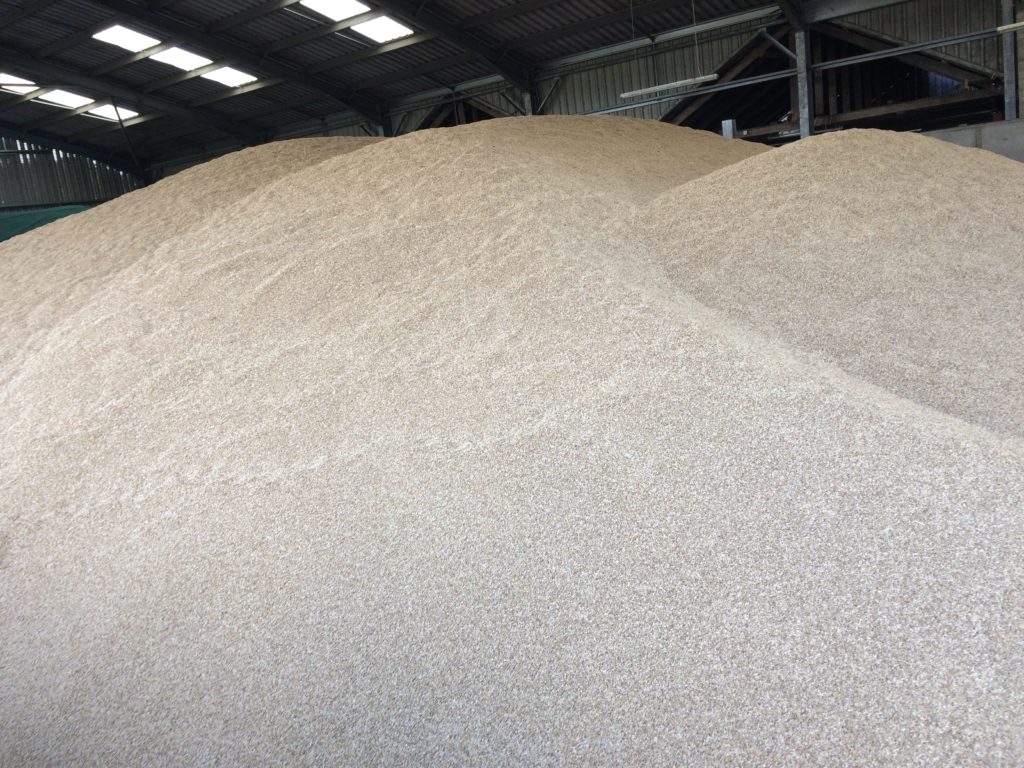Crop Health Updates - December 2019
General Comments
The season continues to be problematic for many growers, with many winter cereals not sown, those that have been sown being reported as mixed in terms of establishment, and with ground conditions preventing access of sprayers so fungicide treatments for light leaf spot on oilseed rape and post-emergence herbicides being missed. It is still worth having a walk around crops on a sunny day to get an idea of what issues will need to be addressed in the New Year.
Something to look forward to beyond Christmas and Hogmanay are the winter roadshows run in partnership between FAS, SRUC and the AHDB in January. As usual we will be visiting Perth (14th January), Carfraemill (16th January), Inverurie (21st January) and Inverness (23rd January), and hope to see many of you there. However, do note a change in venues and a change in the usual running order of the roadshows. To avoid disappointment book your place at the venue nearest to you. We look forward to seeing you in the New Year.
All change again for yellow rust?
Planting varieties of wheat with a robust resistance to yellow rust can allow for reduced fungicide inputs and avoid the need for early TØ sprays to the crop. Planting varieties of wheat with a robust degree of resistance to yellow rust can allow for reduced fungicide inputs and avoid the need for early TØ sprays to the crop but yellow rust races often adjust rapidly so ratings can change quickly within a season, which seems to have been the case in 2019. Read more here.
Seed treatments for spring crops
Good crops start with good seed and with more spring crop likely next year it could pay to get orders for spring barley seed in early. At the same time as making variety selections and ordering seed, it is sensible to think about preferred seed treatments rather than opting for something that isn’t tailored to your needs. The days of seed treatments that worked against the whole spectrum of barley seed-borne diseases are sadly behind us and, while most treatments cover off seedling blight risk, there are now choices to be made if you need net blotch or loose smut control as there are no treatments which cover both. Read more here.
Crops at risk - what to look out for this season
Wet conditions and late drilling have exacerbated some pest problems this season but some sharp frosts in November have reduced the aphid and BYDV risk by putting a stop on aphid flights into crops for the next few months, although any return of milder weather may well allow some aphids to multiply and potentially spread BYDV. Leatherjackets are a threat in autumn-sown grass reseeds and winter cereals and checking out the cause of any poor cereal emergence or patches of poor grass establishment is worthwhile. A DIY method is to search the soil by hand by row scratching. Read more here.
Pests in winter cereals and grassland - Dec 2019
Growers should check for damaging leatherjacket activity in autumn-sown grass reseeds and winter cereals. Determine the cause of any poor cereal emergence or patches of poor grass establishment. A DIY method to look for leatherjackets in the growing crop is by searching the soil by hand – row scratching. Ten 30 cm lengths of crop rows from areas exhibiting suspected damage should be removed by trowel to beneath root depth. Read more here.
Wheat bulb fly damage in Spring barley
Note that spring wheat is just as susceptible to wheat bulb fly damage as the winter crop. If you missed putting in winter wheat due to the conditions and want to try spring wheat don’t forget the risk from wheat bulb fly. Crops at risk are those sown after potatoes, field vegetables or fallow. Read more here.
Raspberry Pests
Now is a good time for growers to check canes for any signs of raspberry cane midge damage so that they can be prepared when the midges emerge from the soil around the canes next spring. Scrape the surface of the lower-thirds of the cane to look for irregular brown patches. If any are seen this is an indication that cane midge has been present and will appear again next year.
Grain pests in farm buildings
Growers should monitor grain temperature regularly - not cooling during winter may be due to pest activity heating the grain. Spear thermometers kept continually in each bin when checked regularly for any fluctuations in temperature can identify problems. In addition, check regularly for pests on the floor around bins and on outer bin walls, and between and in the folds of any sacks of grain. If possible, turn the bin contents during the winter to prevent the build-up of mites in the moist upper layer, and make use of probe traps and pitfall traps to monitor for pests.
Sign up to the FAS newsletter
Receive updates on news, events and publications from Scotland’s Farm Advisory Service

